This Osaka laundromat wants to clean more than your clothes; it also wants to clean you
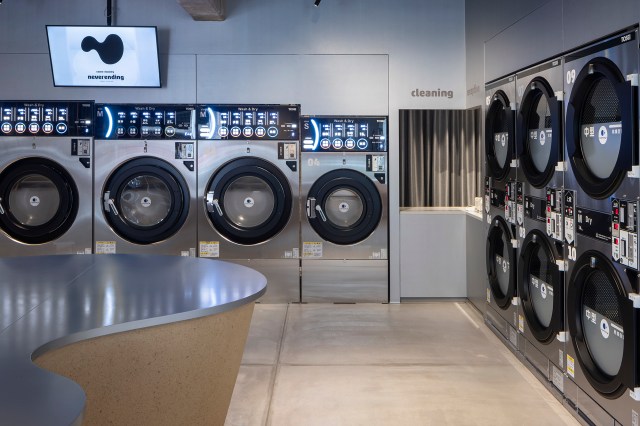
Finally a store that understands that sometimes it’s you who needs refreshing, not just your clothes.
Having lived in fairly modern apartments in Japan with decent amounts of space for a washing machine and drying racks, I have always been rather fortunate to not have to make a journey to the laundromat every week or so to wash my clothes. That being said, I do find myself using one now and again to wash my futon or larger rugs that simply don’t fit into my washing machine.
After filling up the machine in the laundromat and setting it to wash, and since I don’t use a dryer as I air-dry at home, I find myself with between 30 to 60 minutes to fill before coming to pick my wet futon up. Do I stay and read a book on an uncomfortable seat? Or do I go back home, do something for a short while, before returning again? Or do I find a shop to browse around?
Nowadays, there are more and more laundromats branching out into other services, like cafes and shops, in the hopes of drawing more customers, and there’s one store in Osaka that has decided that it’s not just clothes that need a wash, but the people themselves need a refresh too, although not in a high-tech wash pod sort of way.
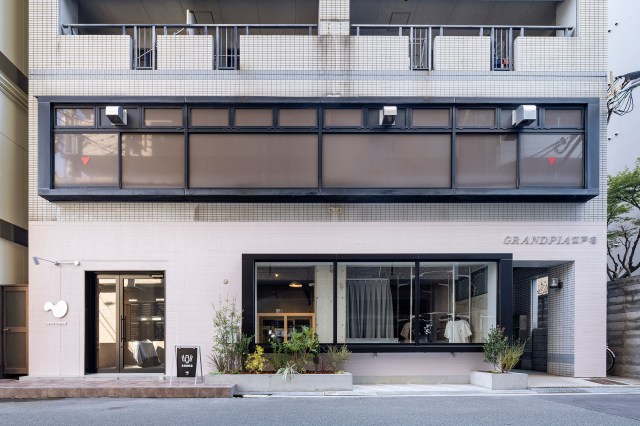
Neverending is a facility run by Toraya Cleaning that combines a laundromat with a fully-equipped private sauna, only a ten-minute walk from either Awaza Station on the Osaka Chuo and Sennichimae Lines or Nakanoshima on the Keihan Line.
The sauna is reservation-only, intended for small groups, and features a high-performance sauna stove, a specially designed cold bath, and an indoor cooling/rest area, creating a place where you can relax completely.

Reservations for the sauna can be completed online and paid via credit card, costing 2,000 yen (US$12.87) for 60 minutes or 2,800 yen for 120 minutes. While it is also possible to reserve on the phone, as well as pay in cash on the day, both options come with a 300-yen premium.
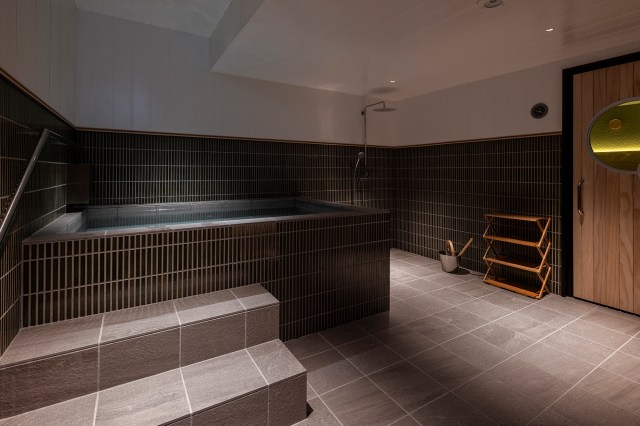
If you are coming with friends, reservations are only for one person, so each person will need to make their own reservation, and there is a hard limit of a maximum six guests in the sauna at any one time. However, the store prefers that larger groups opt for the 120-minute private rental for 20,000 yen to avoid inconveniencing other customers.
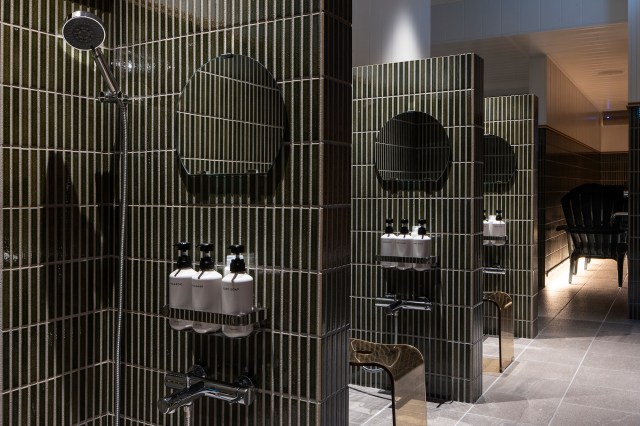
There are a lot of saunas out there that cater mostly to men, but Neverending sets aside two days a week for women-only use of the sauna at the same prices, being Wednesdays and either Saturday or Sunday.
Upon arrival at the sauna, you will be given three free rental towels for use inside the facility. You should aim to arrive about five minutes prior to your reservation for a smooth check-in on the first floor, before proceeding up to the sauna on the second floor, where you can get changed and enjoy the carefully formulated aromatic steam that is matched to the season and time of day.

However, what if you get so relaxed after your sauna that you end up forgetting to get your laundry out on time? Neverending has thought of that too, and if you request it, they offer a special service where the staff will remove your finished laundry and store it in a locker, so there is no need to worry or wait around. So, feel free to take your time enjoying some after-sauna tea from the on-site tea stand, or peruse the art gallery (although it is still under preparation), before you collect your laundry from the locker or from the dry cleaning service.
In the future, I would love to see more laundromats allowing people to make more efficient use of their time, be it for relaxation or entertainment, so that washing laundry feels like less of a chore and more of an enjoyable day out.
Store information
Neverending / ネバーエンディング
Address: Osaka-fu, Osaka-shi, Nishi-ku, Edobori 3-chome 3-27 Grandpia Edobori
大阪府大阪市西区江戸堀3丁目3-27 グランピア江戸堀
Open: Sauna 9:00 a.m.–11:00 p.m. (last entry 9:00 p.m.), Laundry 9:00 a.m.–11:00 p.m., Dry Cleaning 9:00 a.m.–7:00 p.m., Tea stand 9:00 a.m.–10:00 p.m.
Website
Images: PR Times
● Want to hear about SoraNews24’s latest articles as soon as they’re published? Follow us on Facebook and Twitter!
Credit:





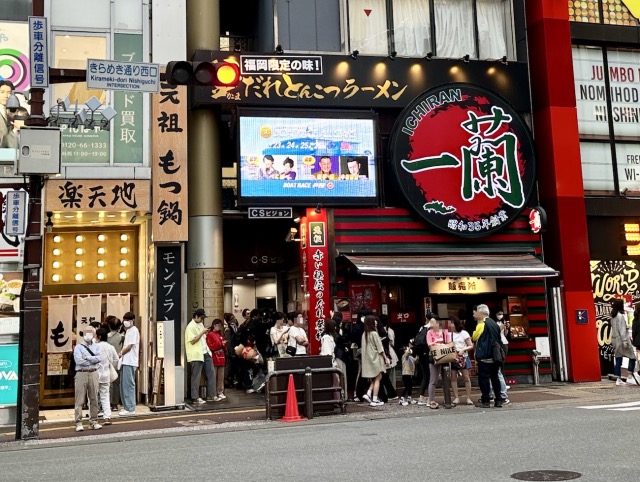









































0 comments: